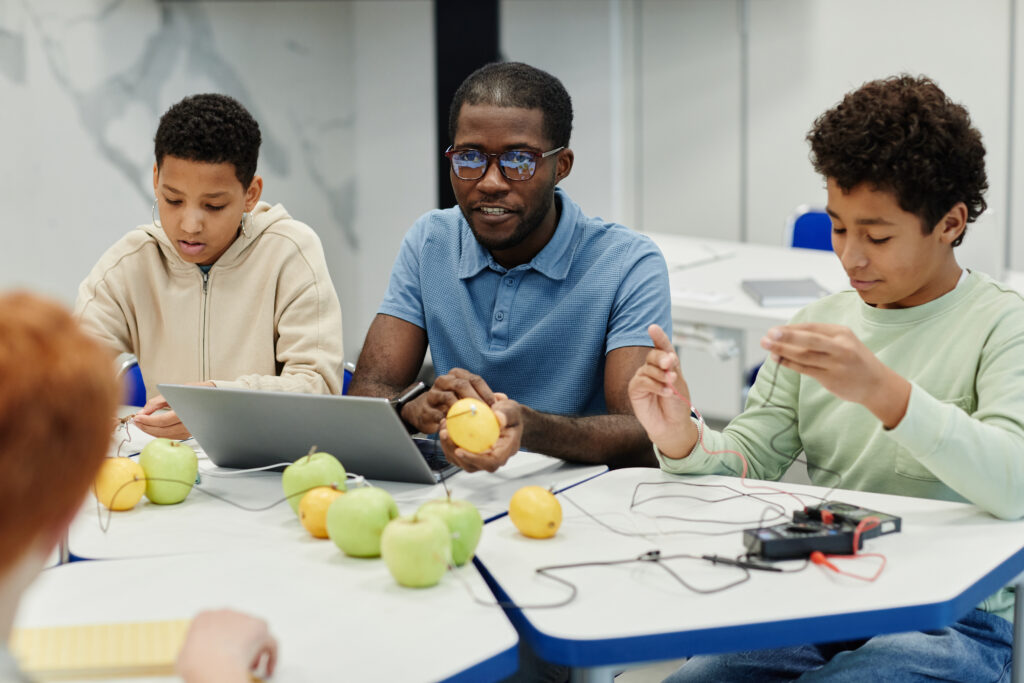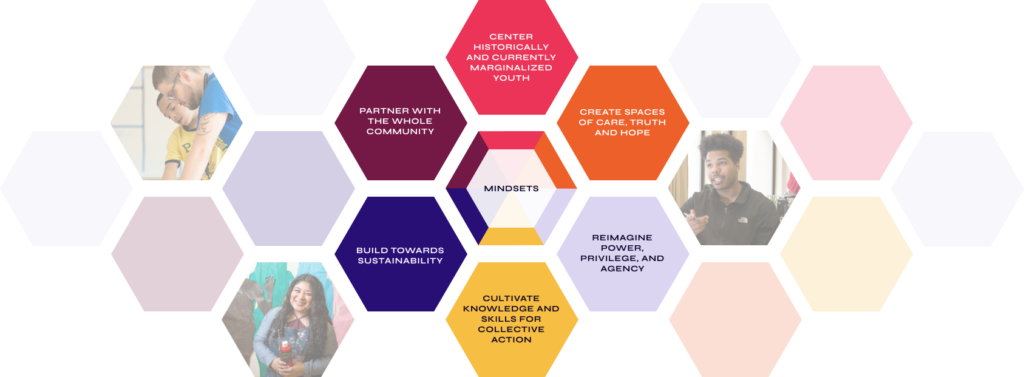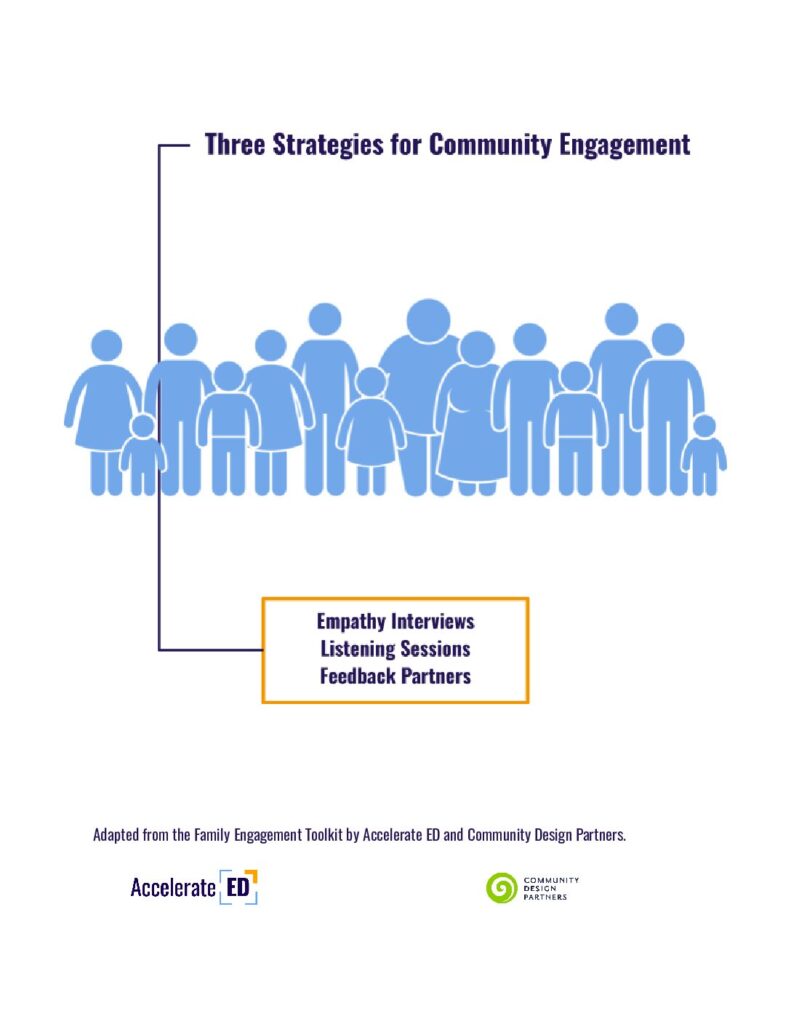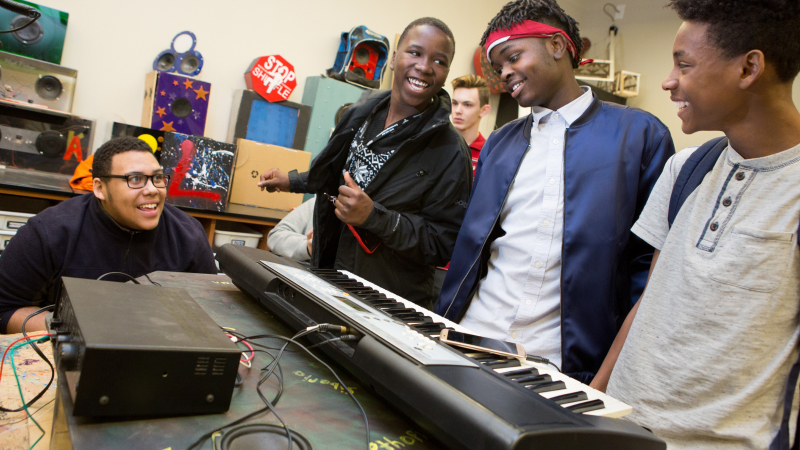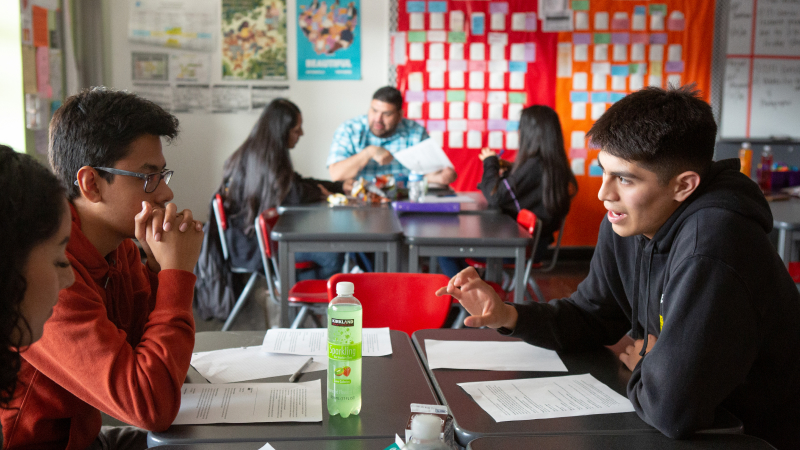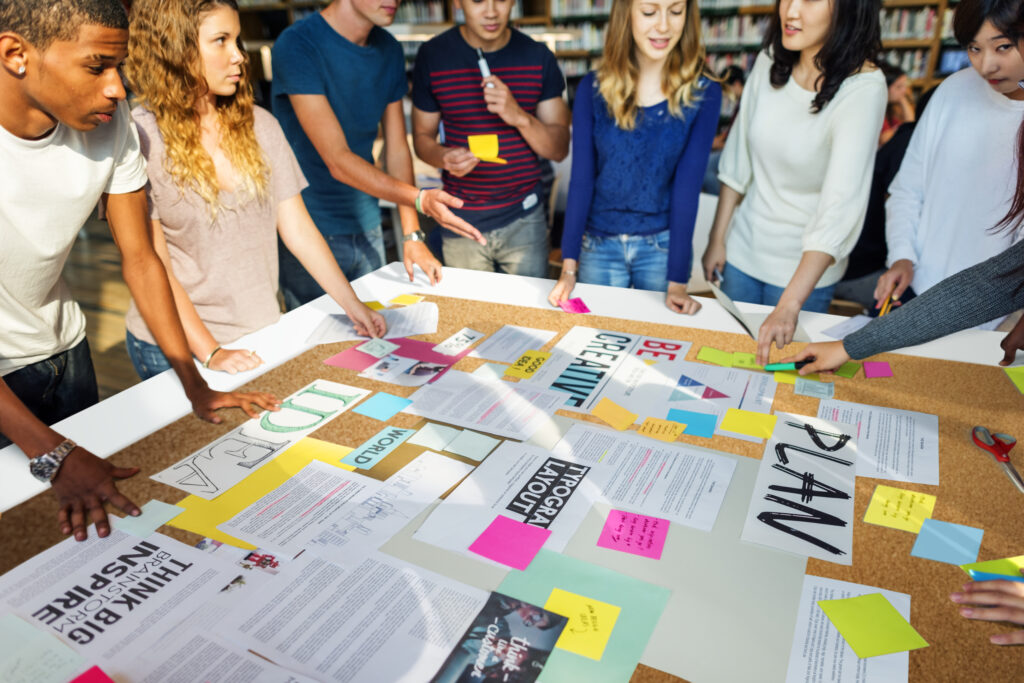Explore the collection of Student-Powered Improvement resources to help you get started or move along a student-powered improvement journey. Resources include things to learn and activities to implement in any context.
Empathize with students means to try to deeply understand the experiences, perspectives, and feelings of students and apply those learnings.
Involve students means to engage youth in events and processes with adults to share their unique needs, priorities, and perspectives.
Share decision-making with students means that students play a leadership role in decision-making and have some real decision-making power.
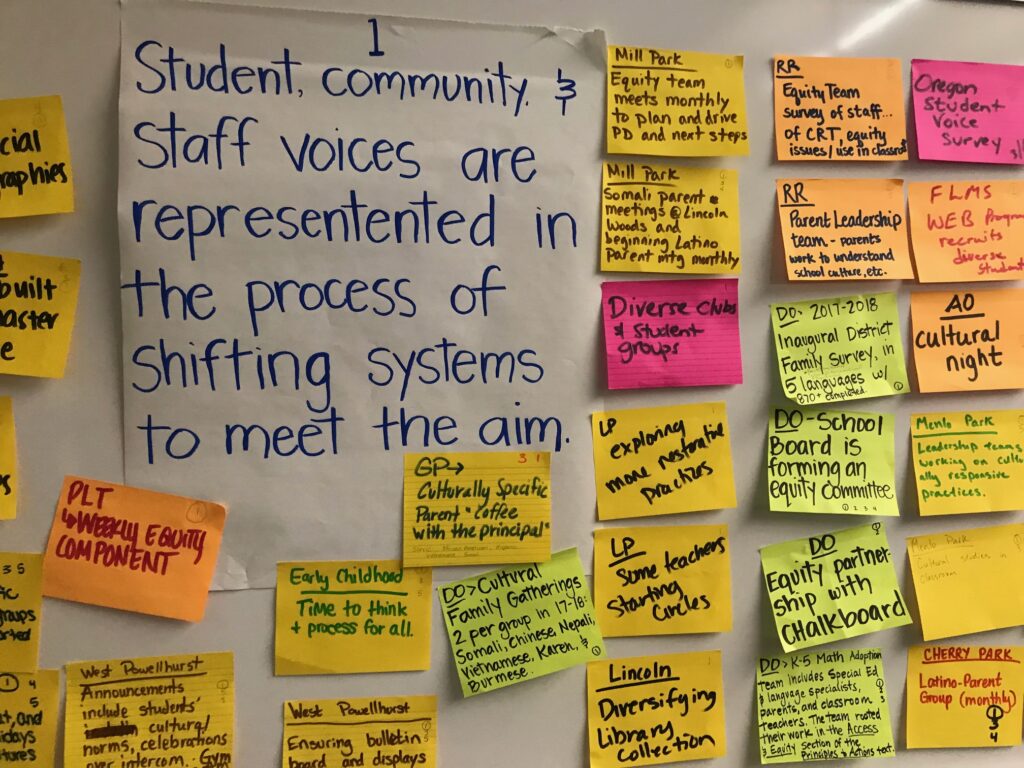
Youth-led improvement efforts means that student groups lead their own improvement efforts, from determining their areas of focus to carrying out those changes.


